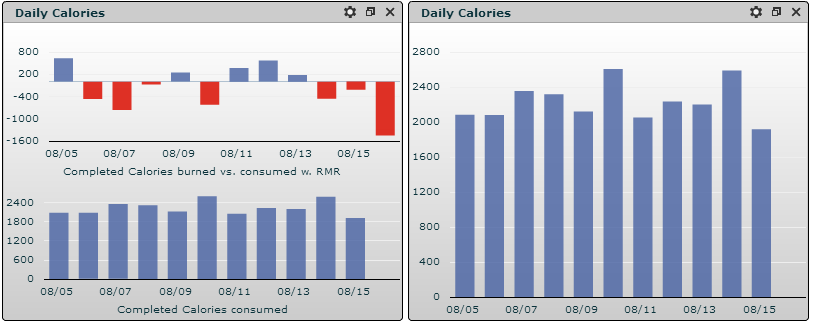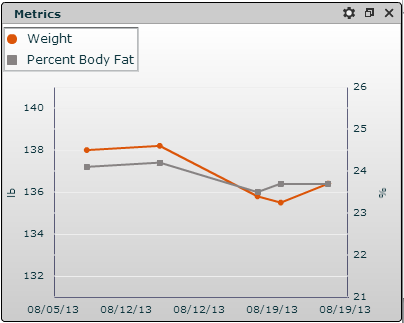Race season is over for me so I’m returning my attention to nutrition. While I have a good diet, during a hectic race season it’s easier to get in more misses or deviations. Those iced mochas were pretty tempting! Now that I don’t have any A-races coming up, I have some flexibility to play with my diet a bit to see if I can lean up a tad and become more metabolically efficient. This means shifting my body into becoming even more efficient at burning fat over carbohydrate. Our bodies tend to prefer to burn carbohydrate over fat when given a choice, so by manipulating our diets we can shift how our body performs.
Being more efficient at burning fat can also mean fewer calories are needed during longer endurance events, which also means less chance of GI distress. My philosophy is this: become as metabolically efficient as you can, but when it comes to quality training sessions and racing, eat what you need to keep going. I think in some endurance circles that have focused on metabolic efficiency, athletes have felt that they should be consuming fewer calories because other athletes get away with less. You need to eat to YOUR needs. Become more efficient to potentially need less, and perhaps alter your body composition, but when it comes to quality training sessions and racing, eat what you need!
Some Background
About 2.5 years ago I did a ‘metabolic efficiency’ study where I tracked my diet and got tested for a metabolic efficiency point. Now I’m returning to some of the lessons I learned then along with some new insights. I haven’t deviated too much these last few years, but there are some changes I know I can make. Before I got started again I talked to some people I know in the field and reviewed some sports nutrition literature. I also revisited the information I got in the past from working with a few sports dietitians. I’m not undertaking anything drastic, just some tweaks to see what happens.
In the last year and a half I’ve also been lifting regularly, which means I’ve put on muscle. While I’m fairly lean now body composition-wise, there is room to lean out a little to try to improve my performance. To give you numbers, I’m 5’6” and have been sitting around 138. I’d like to get on the other side of 135, so maybe 132 or 133. I’ve been there before, and for someone my height, being around 130 is quite reasonable. I also know that because I tend to put on muscle, going below that is probably not sustainable for me. The last time I had a reliable body fat test I was around the 20% mark, so for competitive female adult athletes and over the age of 35, being around 17-18% would be a really comfortable place to be.
So what am I doing?
I’m tracking what I eat. There are two schools of thought out there. One, if you eat primarily whole foods, and plenty of plant-based foods, you shouldn’t have to count calories. The other is you need to know everything you are consuming because it’s all about calorie balance. I’m actually somewhere in the middle. I will track for a few weeks to get a good idea of my habits, monitor chances, and once those are working, I just stick to them and will stop tracking. I also have a sweet tooth (chocolate beware!) so having to track these items keeps my intake in a bit more moderation.
My tracking software of choice is TrainingPeaks. I get calorie count as well as the macronutrient breakdown. I can also save my favorite foods and meals for easy tracking of the things I eat regularly. There are lots of great tracking apps out there, but because all my exercise is in TrainingPeaks, I get good information on how my calorie intake compares to my training load. Knowing what I’m eating and when will allow me to make the necessary “tweaks.”

One thing I am paying more attention to is energy balance. Some research has indicated that athletes who keep a +/-400kcal energy balance throughout the day have better body compositions. This is consistent with research about keeping your blood sugar stable and eating when you are hungry. So on my big workout days, I want to make sure I’m eating enough and on my easy workout days I don’t want to eat too much.

The charts above show my calorie intake (the bottom left is the same as the right chart). I know from experience that I don’t want to drop below about 2000 calories, even on an easy day.
I’m weighing myself. Weight is just a number, and it should be looked at in relation to body composition. But keeping an eye on my weight will let me know if I’m headed in the right direction. I don’t weigh every day, just twice a week at the same time of day to keep an eye on the trends. We all have normal body weight fluctuations, so I won’t worry about one data point, I care more about the trend.

Measurements are also useful, especially if you are entering a training period where you might be adding muscle. If you are leaning up while doing this, you might not lose weight, and you might possibly gain weight. The measuring tape will often show that you are leaner.
Remember to be realistic in any body composition change goals. For endurance athletes, I think the primary goal should be to have a more metabolically efficient diet and the body composition should fall into place. For the typical age grouper, a healthy weight and composition should be the goal, and not necessarily to be super lean like the professional triathletes.
Think small steps and make small changes so that the new habits are easier to maintain. Be willing to try new things, eat a diverse diet with a lot of plant-based whole foods. Give yourself hearty helpings of vegetables and fruits, and balance out the diet with lean proteins, healthy fats, and whole grains. Keep processed foods to a minimum.
If you’re like me with an overall healthy diet and want to tweak things a bit, tracking what you eat can reveal the opportunities for small changes to get you to your goal.
Next week we’ll look more specifically at what I’m eating and the small changes I’m making.






